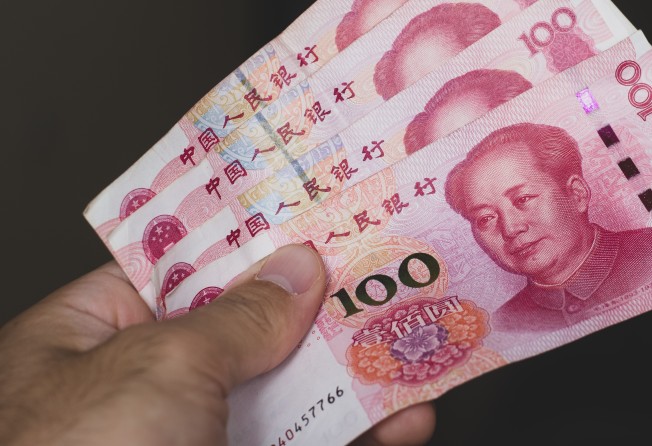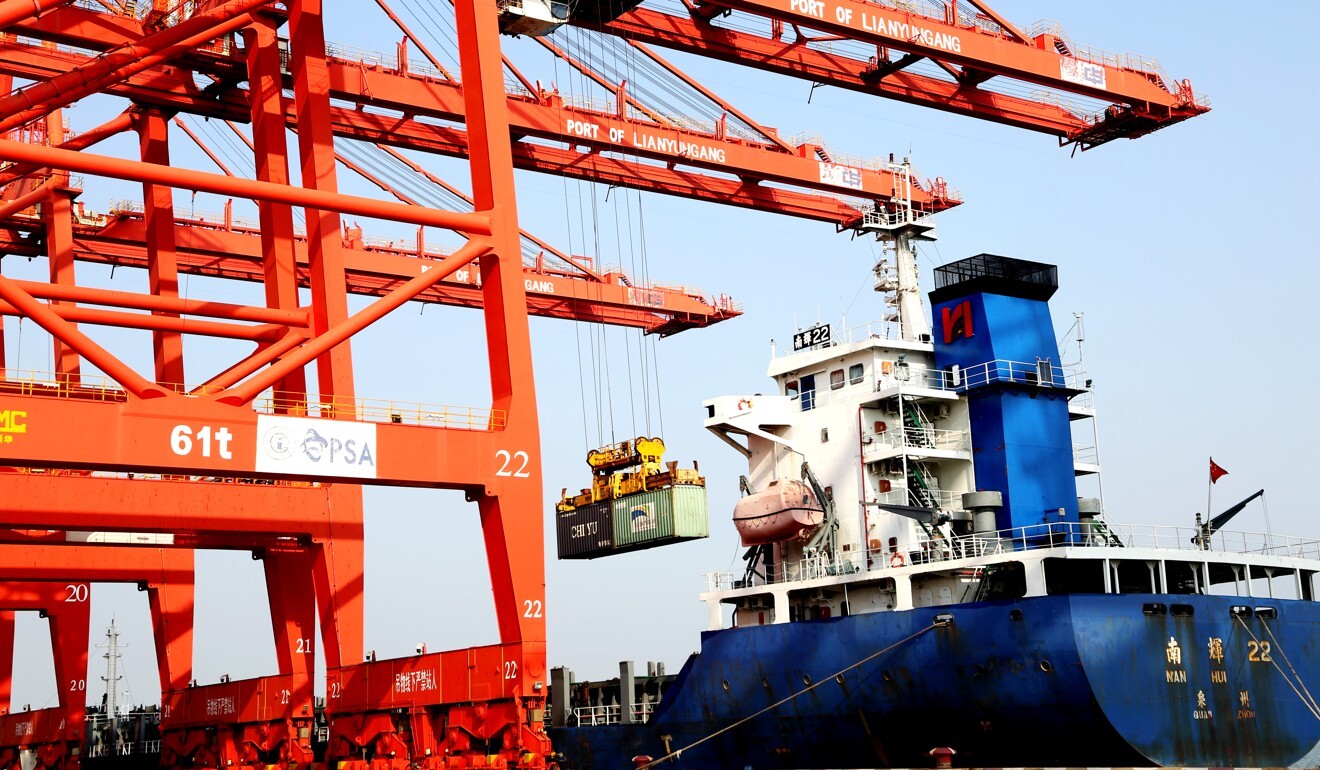Indonesia begins to embrace China’s yuan as trade and belt and road projects fuel uptake
- An estimated US$2.7 billion’s worth of the country’s international trade was paid for using China’s currency in the first six months of this year
- China has emerged as Indonesia’s largest trading partner over the past decade and is its second-biggest source of foreign direct investment

The use of China’s yuan in Indonesia has been gaining momentum in recent years on the back of infrastructure projects linked to Beijing’s Belt and Road Initiative and the growing number of Indonesian companies doing business with those in China.
Over the past decade, China has emerged as Indonesia’s largest trading partner, with bilateral trade reaching US$79.4 billion in 2019 – a tenfold increase on the figure in 2000, according to data provided to The Jakarta Post by Xiao Qian, the Chinese ambassador to the country.
He added that more than 2 million Chinese tourists per year had visited Indonesia in recent years, while China is also the second-largest host of Indonesian students, with more than 10,000 studying in the country.
Dino Patti Djalal – a former deputy foreign minister of Indonesia and founder of the informal China Policy Group of officials, academics and policy experts – said this fast growing trade volume had made it “more attractive” for Indonesian companies to use renminbi when dealing with Chinese firms, as “in the first place, the Chinese are pushing for this”.
However, he noted that some Chinese companies still prefer “having US dollars in the bank given its relative strength”.
“Indonesia’s business community has also noted that more and more countries are starting to use renminbi for foreign currency reserves,” he said, adding that China was the second-largest foreign investor in the country last year with US$4.7 billion in investments – behind only Singapore, which pumped some US$6.5 billion into its Southeast Asian neighbour’s economy in 2019, according to figures released by Indonesia’s National Investment Coordinating Board in January.
Currently, Indonesia‘s trade with China is more than twice its trade with the United States and “given the large margin, it does not look possible for the US to overtake China in terms of its trade relations with Indonesia”, Djalal said.

Though he noted “some concerns in using renminbi” owing to uncertainties brought on by the seemingly ceaseless US-China trade war, he predicted that the currency would be used “more and more by Asean economies” – especially as China’s economy was one of the few to rebound in the second quarter following the massive shock brought on by the coronavirus pandemic.
“This means that Indonesian exports to China have not been as seriously affected as exports to other countries. It means there is a lot of hope pinned on China in terms of [Indonesia’s] economic recovery,” said Djalal, who is also a former Indonesian ambassador to the US and founder of the Foreign Policy Community of Indonesia think tank.
After a year-on-year contraction of 6.8 per cent in the first quarter – the first since 1992, according to Reuters – China recorded gross domestic product growth of 3.2 per cent in the second quarter, beating analysts’ expectations.
The country has largely brought the pandemic under control within its borders, with economic activity returning to about 90 per cent of pre-pandemic levels by the end of April, according to The Economist.
Indonesia’s GDP, by comparison, shrank 5.32 per cent year on year in the second quarter, as the largest economy in Southeast Asia continues to battle one of the region’s biggest outbreaks – with Jakarta alone recording more than 1,000 new cases a day on average this month.

Wisnu Wardana, an economist with Indonesia’s Bank Danamon, said the percentage of the country’s total international trade done using yuan had risen from 0.5 per cent in 2016 to 2 per cent in the first half of this year – or about US$2.7 billion’s worth of imports and exports.
In the past, local companies had been incentivised with discounts “should they pay in yuan to their counterparts in China”, Wisnu said, though he noted that such incentives have been “scaled back recently” and local companies have no knowledge of the reason.
Belt and road projects such as the US$6 billion high-speed rail line set to connect Jakarta to the textile hub of Bandung – which Deputy State-Owned Enterprises Minister Kartika Wirjoatmodjo said on Wednesday had been delayed until 2022 at the earliest, owing to pandemic-linked labour shortages – account for a sizeable chunk of the yuan’s use in Indonesia, though Wisnu noted that it is also used in sectors such as chemical products, electronics, food and beverages, shipping, stationery and plastics.
The yuan’s growth in Indonesia was also spurred by a bilateral three-year currency swap deal signed by the two countries’ central banks in 2018.
The agreement allowed the two sides to swap a total of 200 billion yuan (US$29.6 billion) for 440 trillion Indonesian rupiah (US$29.9 billion), to facilitate bilateral trade settlements and provide liquidity support to financial markets.

01:11
China issues new banknotes and coins
Earlier this month, analysts for US financial services firm Morgan Stanley forecast that the yuan could surpass the Japanese yen and pound sterling to become the world’s third largest reserve currency by 2030, accounting for between 5 per cent and 10 per cent of global foreign exchange reserve assets – up from the 2.02 per cent reported by the International Monetary Fund at the end of March.
Kimin Tanoto, a member of the board of commissioners for Indonesia’s Gunung Steel Group which exports to China and other countries, said the firm plans to start using yuan – instead of rupiah – in future as “risk management”.
“We prefer to deal in renminbi with Chinese companies. If the facility is available, we are willing to execute our commodities purchases from China in renminbi,” he said.
“It will be one of the world’s main payment currencies in the future.”
Additional reporting by Reuters